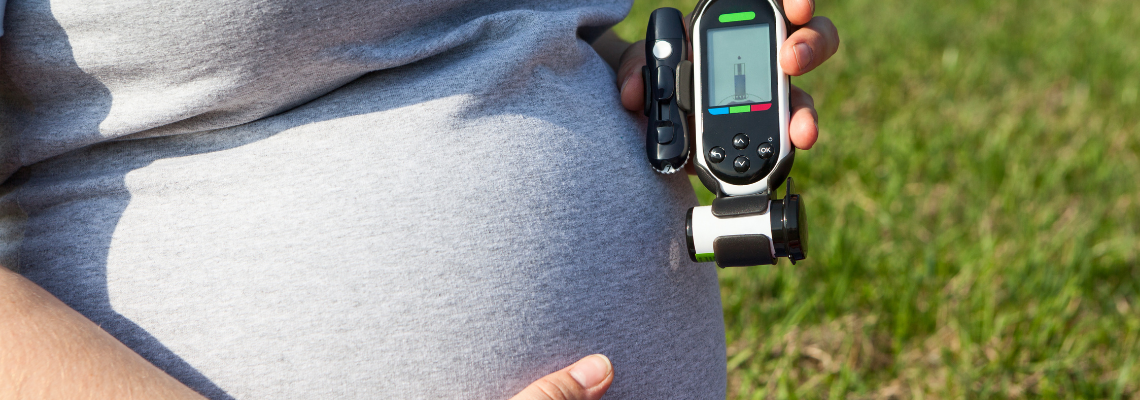
Giving birth is such a wonderful process. Bringing life into the world is one of the greatest joys and challenges, a woman can go through. However, there are some dangers in pregnancy to look out for. One of these dangers is gestational diabetes. The blood sugar level of a pregnant woman may become too high. If the future mother’s blood glucose level stays too high for too long, this may mean she is not producing enough insulin to support her needs through pregnancy. This can then cause gestational diabetes. Inversely, a pregnant woman’s glucose levels may dip too low when too much insulin is present.
Getting glucose tolerance tests can be an important way for the mother to determine if she has gestational diabetes.
What Are Glucose Tolerance Tests?
Glucose tolerance tests are a measurement of glucose levels in your bloodstream. This will tell you and your doctor if your blood sugar levels are abnormal. This should also tell you if your body does not produce enough insulin.
It will measure your body’s response to sugar. This is usually done to test for both, Type 1 and Type 2 diabetes.
How Glucose Tolerance Tests Work
Typically, you will not be allowed to eat or drink anything for eight hours prior to your glucose tolerance test.
 After the eight hours, you will go to the doctor’s office and will be required to drink a liquid that is high in glucose (sugar). After your drink, you will wait 60 minutes, and then your blood will be drawn. You will then wait another 60 minutes, after which your blood will be drawn a second time.
After the eight hours, you will go to the doctor’s office and will be required to drink a liquid that is high in glucose (sugar). After your drink, you will wait 60 minutes, and then your blood will be drawn. You will then wait another 60 minutes, after which your blood will be drawn a second time.
If your glucose levels are too high, you will need to take an additional test. This test will last for three hours, and your blood will be drawn every 60 minutes.
What Are the Harmful Effects of High and Low Glucose Levels in Babies?
High glucose levels could cause complications for the mother and baby. These complications can arise either during or after birth.
Some babies whose mothers have high glucose levels may end up being born at a much higher weight than is healthy. The baby’s body may begin to produce excess amounts of insulin, which the body uses to convert into fat. This can lead to the baby’s unhealthy weight gain.
Another problem that could occur is the presence of extreme amounts of insulin. This will actually lead to unhealthily low levels of blood sugar in the baby.
Also, low glucose levels in the mother can cause jaundice in the baby when it is born. This will also cause the baby’s blood sugar to drop dangerously low.
What Are the Harmful Effects of High and Low Glucose Levels in Mothers?
Because of the baby’s weight gain caused by mom’s high glucose levels, the mother may have a higher chance of having to undergo cesarean birth.
High glucose levels can also cause preeclampsia during the mother’s pregnancy. This can lead to extremely high blood pressure which can lead to Type 2 diabetes.
Low glucose levels in the mother can cause seizures, a coma, and even death.
Conclusion
Receiving glucose tolerance tests can help you identify high glucose problems and enable you to remedy the condition before experiencing harmful results.
You may want to be in constant communication with your doctor on the best times to take your glucose tolerance test. Education, preparation, and communication are all ways to utilize the results of your glucose tolerance tests and prevent gestational diabetes.


